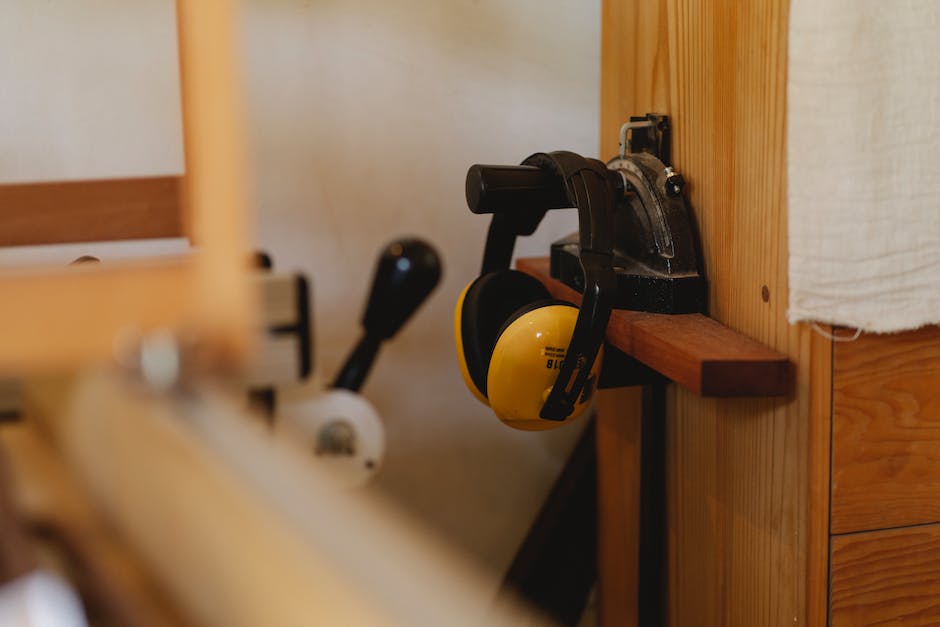Traveling is an enjoyable experience, but long bus and train rides can be uncomfortable, if not downright painful. The good news is that there are ways to make your journey more comfortable and less stressful. Here are ten tips to help you make the most of your long ride.
Choosing the Right Seat

Choosing the right seat is crucial when it comes to comfort during a long bus or train ride. If you like to stretch your legs, opt for the aisle seat, which also allows you to move around freely without disturbing your seatmate. If you want to have something to lean on, choose the window seat, which also provides a good view of the scenery. If you get motion sickness, sit in the middle where there is the least movement.
If you have a long journey, consider booking a seat with extra legroom. Some buses and trains offer seats with more space, which can be a lifesaver for tall people or those with joint pain. Also, if you have a preference for a specific seat location, book your ticket early to secure your spot.
Finally, be mindful of the proximity of the bathroom or the kitchen if you have a sensitive nose or if you prefer less movement.
Dress Comfortably

Dressing comfortably is essential when you’re going to spend several hours on a bus or train. Wear loose-fitting clothes that don’t restrict your movements or cause friction, such as sweatpants, leggings, or breathable fabrics like cotton or linen. Avoid wearing layers that could make you too hot or too cold. Instead, bring a scarf, a sweater, or a jacket in case the temperature in the bus or train is too low.
Also, make sure to wear comfortable shoes that are easy to take on and off if you need to go to the bathroom or stretch your feet. Avoid wearing high heels, tight shoes, or shoes that are difficult to walk in, such as flip flops or slippers. Finally, consider bringing an extra pair of socks to keep your feet warm or to change into if your feet get sweaty.
Bring a Neck Pillow

A neck pillow can be a lifesaver when it comes to sleeping comfortably during a long bus or train ride. It provides support to your neck and head, preventing them from drooping and causing strain. It can also help you sleep better by keeping your head stable and reducing the risk of snoring or sleep apnea.
When choosing a neck pillow, look for one that is soft, lightweight, and easy to carry around. You can choose from various shapes and materials, such as memory foam, microbeads, or inflatable pillows. Also, make sure the pillow fits your neck size and sleeping position.
If you don’t have a neck pillow, you can improvise by using a rolled-up sweater, a scarf, or a travel blanket. Just make sure you don’t strain your neck or head by using a pillow that is too high or too low.
Use Earplugs or Headphones

If you’re sensitive to noise, long bus and train rides can be a nightmare. People talking, babies crying, and engines humming can make it hard to relax or sleep. That’s why it’s a good idea to bring earplugs or noise-cancelling headphones to block out the sounds of the bus or train, or the chatter of your fellow passengers.
You can also listen to music or podcasts to entertain yourself during the trip, or use a white noise app that creates ambient sounds to mask unwanted noise. Just make sure you don’t disturb your seatmate by playing your audio too loud or using headphones with a long cord that could get tangled or caught in the armrest.
Stay Hydrated

Staying hydrated is essential during a long bus or train ride, especially if the air conditioning is on, which can cause dehydration. Bring a water bottle and refill it whenever possible. Drinking enough water can help prevent dehydration, headaches, and fatigue. You can also bring snacks and small meals to keep yourself nourished and energized.
Avoid drinking too much caffeine or alcohol, which can dehydrate you and make you feel jittery or sluggish. Instead, drink herbal tea, juice, or water with lemon to add flavor and electrolytes. Also, bring some fruits, nuts, or protein bars to snack on if you get hungry.
Take Breaks and Stretch

Sitting for hours can cause stiffness, swelling, and blood clots in your legs. That’s why it’s crucial to take breaks and stretch your legs and back whenever possible. Take advantage of rest stops or layovers to get off the bus or train and do some light exercise or yoga, or take a walk around the station or the terminal.
You can also do some in-seat exercises, such as ankle rolls, toe curls, or shoulder shrugs, to stimulate blood flow and relieve tension. Or, try some breathing exercises or meditation to calm your nerves and ease your mind.
Finally, if you have a medical condition that requires you to move around, such as diabetes or arthritis, inform the driver or the conductor before boarding, so they can provide you with special assistance or accommodations.
Bring Entertainment and Distractions

Long bus and train rides can be boring, so it’s essential to bring some entertainment and distractions to keep yourself occupied. Bring a book, a magazine, a tablet, or a crossword puzzle to keep your mind engaged and help you pass the time. You can also chat with your seatmate, play games, or watch a movie on your device.
If you’re traveling with kids, bring some toys, coloring books, or puzzles to keep them entertained and prevent them from getting restless. Also, make sure to explain the rules of conduct and the importance of staying seated and quiet to avoid disturbing other passengers.
Adjust the Lighting

If the light in the bus or train is too bright or too dim, adjust it to your liking. You can use a sleep mask to block out the light or use a reading light if you want to read or work on your laptop. Just make sure not to shine the light into your seatmate’s eyes or to use a device that emits a bright blue light, which can disrupt your sleep cycle.
If you’re traveling at night, make sure to close the window shades to block out the light from outside and create a cozy atmosphere. Also, bring a small flashlight or a phone torch to navigate the dark alleys or to find your belongings without disturbing others.
Keep your Space Organized

Keeping your seat, your luggage, and your belongings organized and tidy is not only courteous but also practical. Use the overhead compartments or the space under your seat to store your bags and keep the aisle clear. Bring a small bag or pouch to keep your essentials within reach, such as your passport, your wallet, your phone, or your earplugs.
Also, avoid overcrowding your seat with too many things or leaving your luggage unattended. Instead, keep your valuables close to you, either on your lap or under the seat in front of you. Finally, make sure to dispose of your trash properly and to follow the rules of conduct and hygiene.
Be Respectful to your Fellow Passengers

Being respectful to your fellow passengers is essential to make the long bus or train ride more enjoyable for everyone. Be mindful of your behavior and your hygiene, and respect the personal space and the comfort of your seatmate. Avoid using strong perfume or cologne, snoring loudly, or hogging the armrests.
Instead, use headphones or earplugs, cover your mouth when coughing or sneezing, and ask for permission to recline your seat or to use the shared space. Also, be patient and courteous when boarding or alighting, and help others who may need assistance or guidance.
Finally, remember to thank the driver or the conductor for their service and to wish them a safe trip. A little kindness goes a long way.








 You might also be interested in those articles related to solo traveling
You might also be interested in those articles related to solo traveling